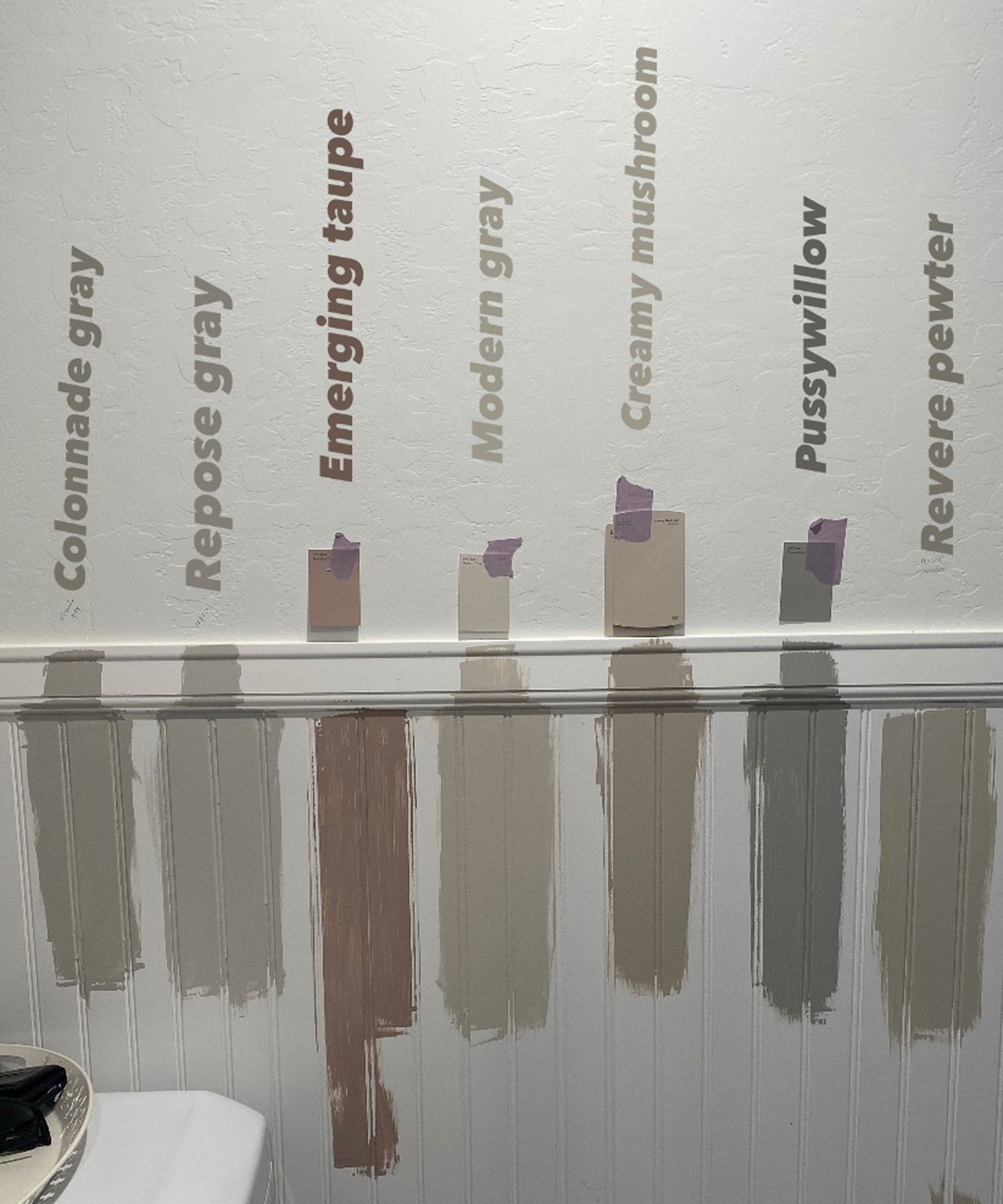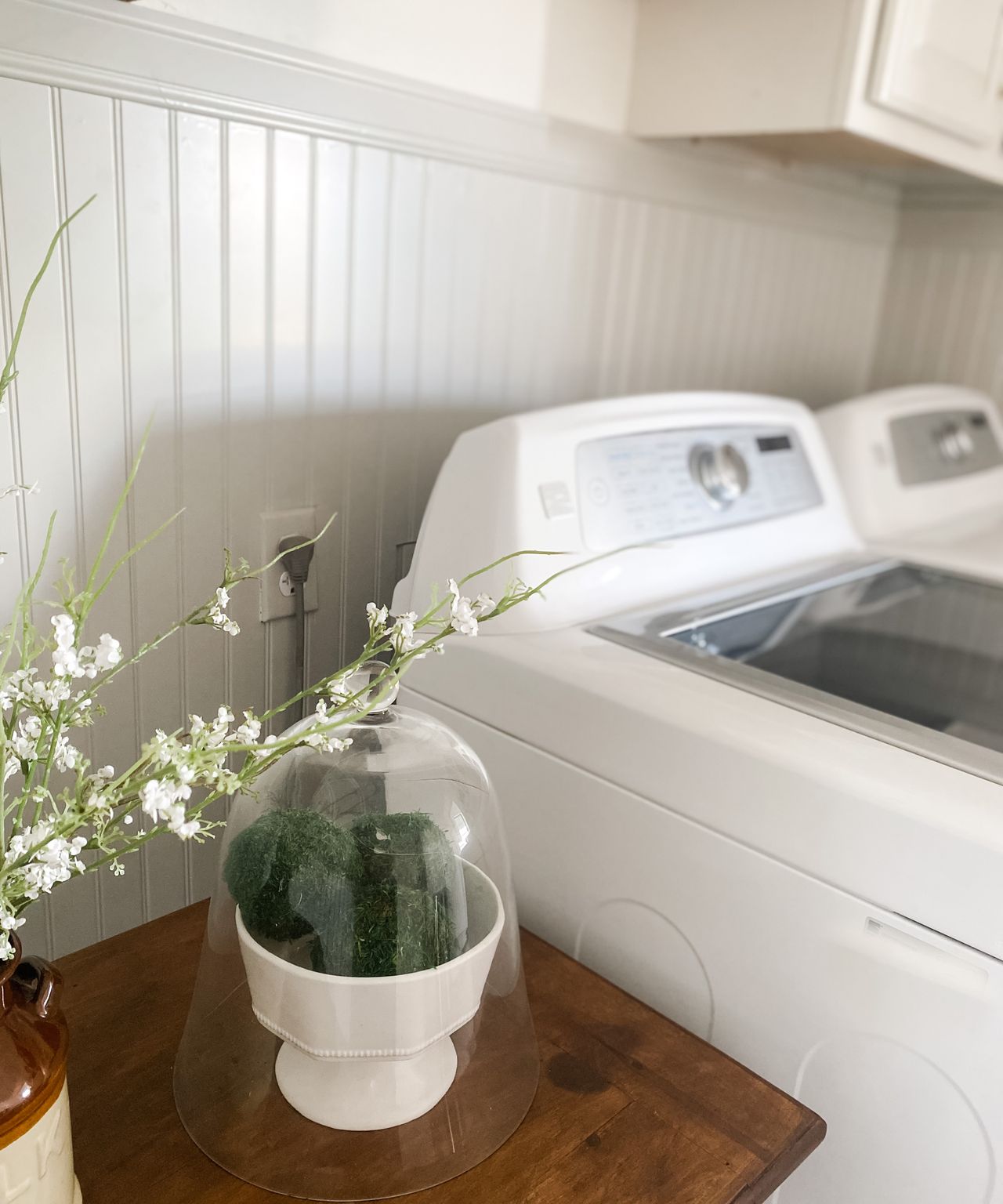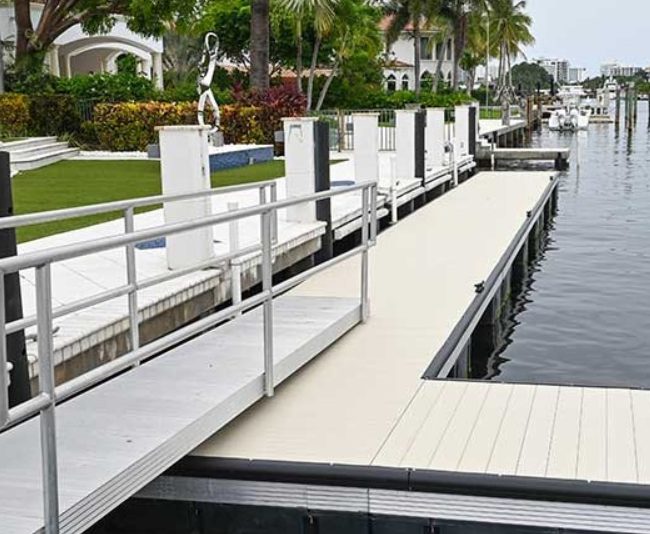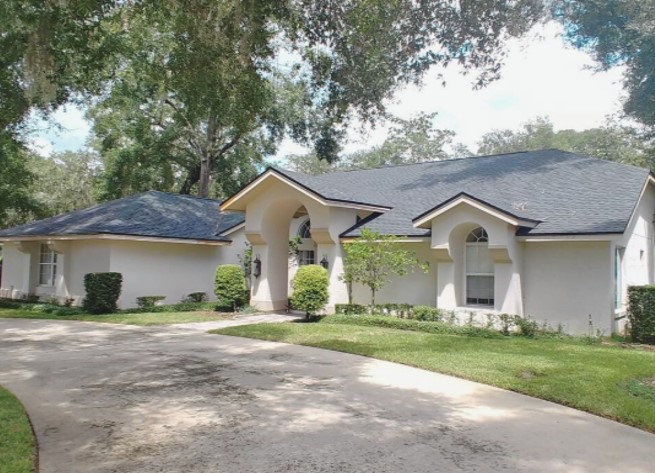Beadboard can add such character and charm to a room it’s no wonder there has been a resurgence in popularity of this particular wall treatment as of late. And should you want to know how to install beadboard yourself, it is within the capability of most DIYers – as long as your have the right power tools.
The first thing to determine is how high you want your beadboard to go on your wall. Beadboard can be installed in varying heights; however, you don’t want to go any lower than a third of your total wall height. For instance, if you have nine foot ceilings, you don’t want to install your beadboard any lower than 36 inches from the floor.
Traditionally, beadboard is installed half or two-thirds of the way up from the floor for a classic paneling design. With this particular application, I chose sheets of 4’x8’ beadboard to suit my space. There are also smaller sheets or “planks” of beadboard but if you are covering a large area I would definitely recommend the sheets. Your local hardware store can help you rip these sheets down once you’ve determined your wall lengths, otherwise you will need to cut them yourself. So we measured up before buying.
Skill Level: Intermediate
Cost: $73 (approx. £60)
Cost breakdown:
- Beadboard sheets 4×8: $24/each
- Trim 8’: $8/each
- Liquid nails: $6
- Spackle: $5
- Putty knife: $5
- Caulk and caulk gun: $15
- Nail set tool: $4
- Outlet spacers: $6
How to install beadboard
Installing beadboard is a job most people can do in a day or even an afternoon – it depends on the size of the space. This is what I did to install my laundry room beadboard.
1. Measure up and cut any outlet holes
As advised, measure up before and get the cuts made at your hardware store. Once home, position your beadboards and mark any bits you will need to cut off to fit.
One of the tricky parts of installing beadboard will be cutting around electrical outlets. First, remove the plate cover. Then line up your sheet on the top/bottom and side of the outlet. Draw tick marks for the top and bottom and sides of your outlet. When all four marks are drawn, use a level and line up the intersecting horizontal and vertical marks. Use a jigsaw to cut out the hole for the outlet.
2. Position and fix with adhesive
(Image credit: Brooke Waite)
To apply to your walls, you will need to use a construction adhesive such as liquid nails applied with a caulk gun.
3. Secure with nails
(Image credit: Brooke Waite)
I like to also secure it further using brad nails into studs where possible.
4. Add trim
(Image credit: Brooke Waite)
In most cases, you’ll want to finish your beadboard installation with a piece of trim. You can choose to use a flat board (ie. 1×4 pine) or a piece of trim molding. I used a piece of MDF trim with a simple profile. Again, using construction adhesive, install your trim on top of your beadboard and secure with brad nails.
5. Refit the outlet fronts
(Image credit: Brooke Waite)
Another adjustment you’ll need to make is to the outlets. Since the beadboard has added a quarter-inch depth to the wall you need to bring the outlet out to remain flush with the wall and the plate cover. You can achieve this by adding outlet spacers and keeping them secure with the screw used to hold the outlet in place.
How to finish your beadboard
Now comes the finish work! This part can absolutely NOT be skipped. You don’t want to spend hours installing beadboard and not finish it properly. The finish work will make all cracks, gaps and imperfections disappear. These are your finish tools:
1. Fill nail holes
(Image credit: Brooke Waite)
If there is a brad nail sticking out, use the nail set tool to countersink the nail into the beadboard. Spackle can be applied with a putty knife to any gaps between beadboard panels or sheets and in all nail holes.
I use my finger to apply the spackle to the nail holes and then wipe the surface with a damp rag.
2. Caulk the edges
(Image credit: Brooke Waite)
Caulk is applied above and below trim, against baseboards and contact with door casings to create a seamless finish. All of this is to prepare for painting.
3. Paint your beadboard
(Image credit: Brooke Waite)
This is where you can get creative choosing your paint color! Most beadboard will come pre-primed, meaning there is no need for a coat of primer. Simply roll or spray on your paint. I find the best result using a paint sprayer. And don’t forget to use a high quality paint created for trim or cabinets.
That’s all there is to it! Your hard work will pay off with a beautiful space filled with new interest and character.
(Image credit: Brooke Waite)
What is beadboard?
Beadboard is a style of decorative paneling and like wainscoting, if usually used to cover the lower half of the wall. Beaboard refers to the tongue and groove panels, laid horizontally for a New England style cladding look.
What do you attach beadboard with?
Does beadboard need to be glued?
I would highly recommend gluing your beadboard using a construction grade adhesive such as liquid nails.
Can you install beadboard over drywall?
Yes, this is the most common application! The construction adhesive will adhere directly to the drywall, no matter what the texture is on the drywall.
















